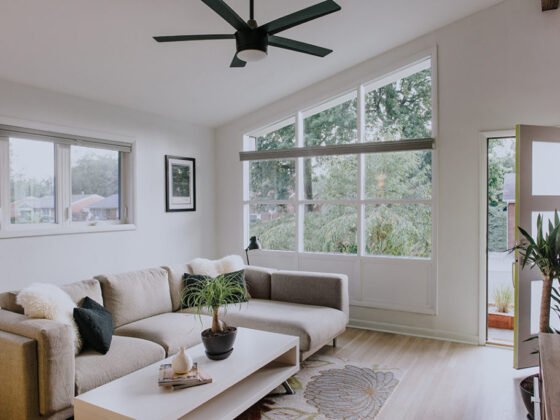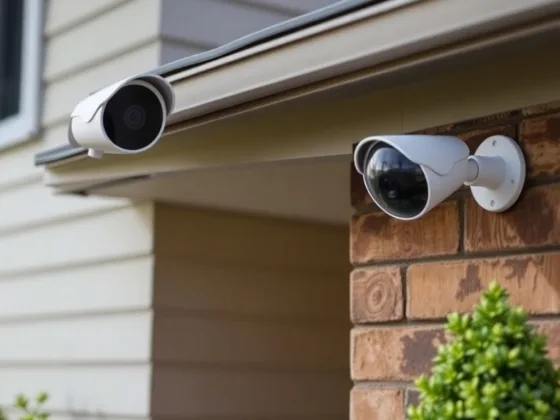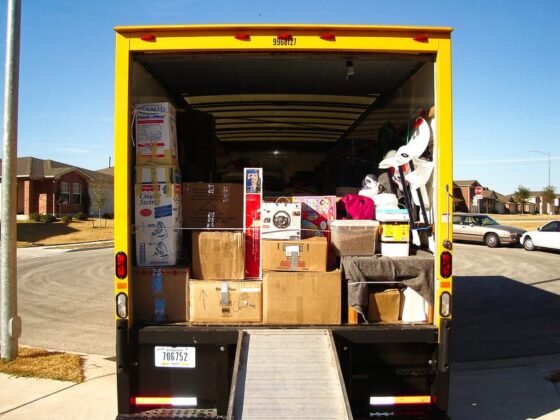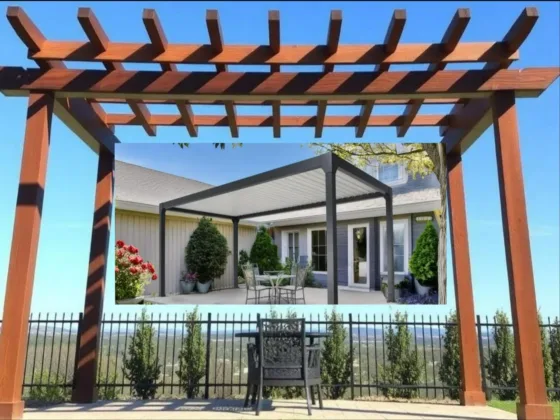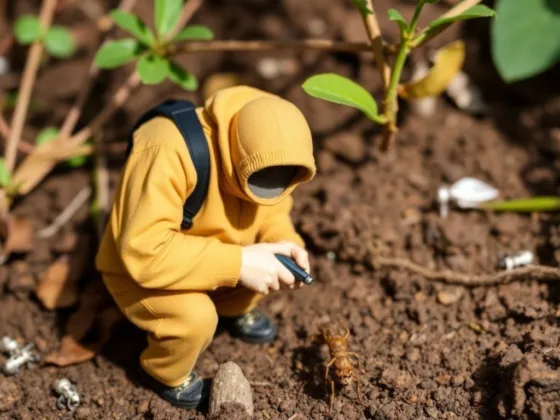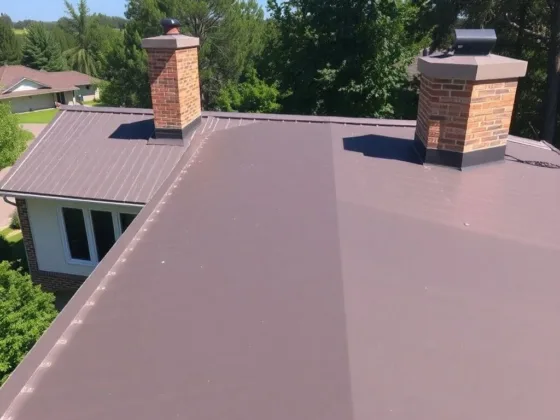Table of Contents Show
The copper pipes used to connect plumbing fixtures offer incredible convenience to homeowners. However, leaks can happen over time and result in decay, mold, and other issues.
However, if you already spotted one in your home, consider contacting Wasden Plumbing Services right away. This blog post is centered on pinhole leaks and how they can be detected and repaired.

Essentially, pinholes can develop for many reasons, including improper installations, corrosion, crushed pipes, and scratches.
And, it’s easy for this type of leak to go undetected for a long time. This can result in a big problem because moisture breeds harmful bacteria in your walls.
That’s how you get recurring allergy attacks, pneumonia, and wound infections.
Why Do Pinhole Leaks Happen in Copper Pipe?
Pinhole leaks happen when fluid builds up inside the line, creating a vacuum. This happens when there’s too much liquid in one section of the pipe and not enough in another.
Because of that, the system tries to explore the weakest point in the line when trying to bring in air, resulting in pinhole leaks.
After the oxide layer has been broken down, moisture can seep through the newly exposed surface and build upon the external side of the pipe.
This leads to corrosion, and the line eventually fails. Such leaks can occur because of poor installation or damage from freeze-thaw cycles.
Read Also:
How to Fix a Pinhole Leak in a Copper Pipe
Normally it takes a few basic tools such as clamps and rubber insulation tape to fix this leak. To make sure everything stays secure, drill one hole near each end of your metal hose clamp so you can screw bolts into it from either side when tightening them around the band.
However, you have to make sure the pipe is perfectly clean and dry to avoid creating new pinholes in it.
Then tighten everything up just enough so that your band clamp is securely in place. You may also want to wrap some rubber insulation tape around the pipe where it meets the band to give you an extra layer of protection.
Even after tightening everything up, you will probably find that the bolts have shifted enough to create a few pinholes in your copper pipe.
This is especially common in newly installed pipes, which are generally still quite soft and malleable.
To fix this problem, take off the band clamp, tighten the bolts up, then back them off a bit.
The Importance of Having Your Pipes Inspected for Hidden Damage
Clogged and blocked pipes might be the leading causes of wasted water, but unseen pipe leaks can also cause significant water loss.
A pinhole leak in a copper pipe, for example, is often so small that it isn’t noticeable without an inspection.
These leaks can go undetected for months, but if you have your pipes inspected once a year by a professional plumber, you can avoid these issues.
If you notice any problems with any part of your plumbing system, even minor issues that cost very little to repair, it is always a good idea to get them sorted out as soon as possible.
The longer you let a problem go unattended, the more expensive it can become. This is especially true for issues like pipe leaks, which can cause major water damage and expenses in the long run.
What You Should Know About the Cost of Repairing a Pinhole Leak in Copper Pipes
The cost of repairing a pinhole leak varies and can be anywhere from $200 to over $1,000. And, the time needed to complete the repair depends on the size and complexity of the job.
If the copper piping already needs maintenance, such as scraping, cleaning, or patching, additional time is needed before you can even get to the pinholes.
Once you’ve identified the pinhole, you need to measure the distance between the hole and any valves.
In some cases, there may be more than one suspected location for a pinhole leak in the copper pipe.
Your plumber or contractor will walk you through how they’ll go about repairing your leak and what it will entail.
While the process of repairing a pinhole leak in the copper pipe may seem simple, doing it incorrectly could lead to some serious water damage from new leaks.
This is true for any old piping that could be in worse condition than you know. However, avoid the temptation to fix the problem on your own.
It’s safer, more cost-effective, and just plain smarter to call in a plumber or contractor for any repairs.
